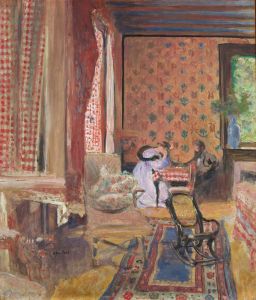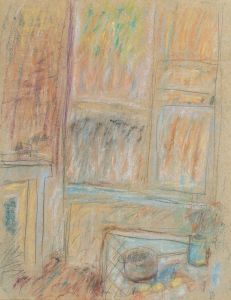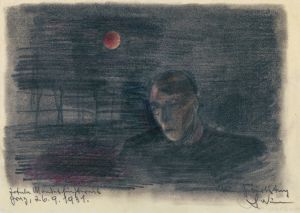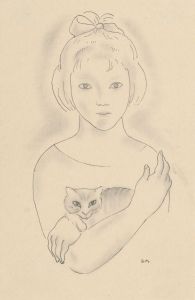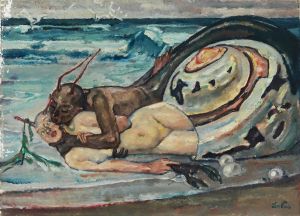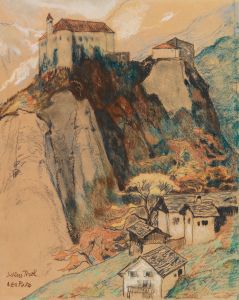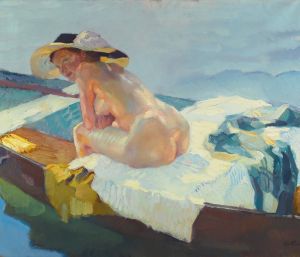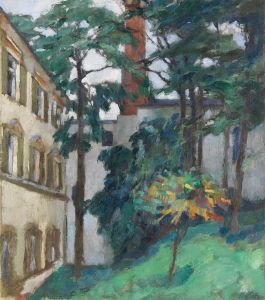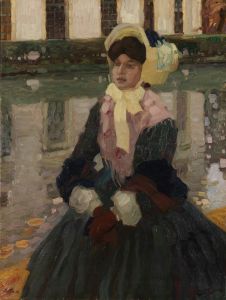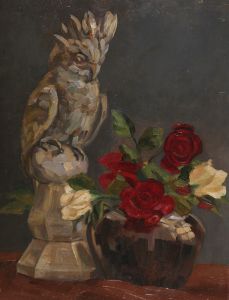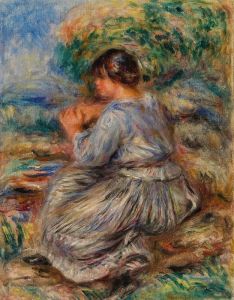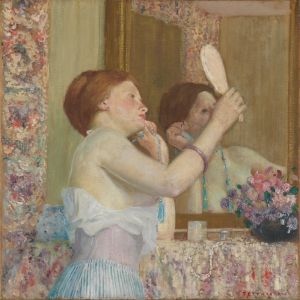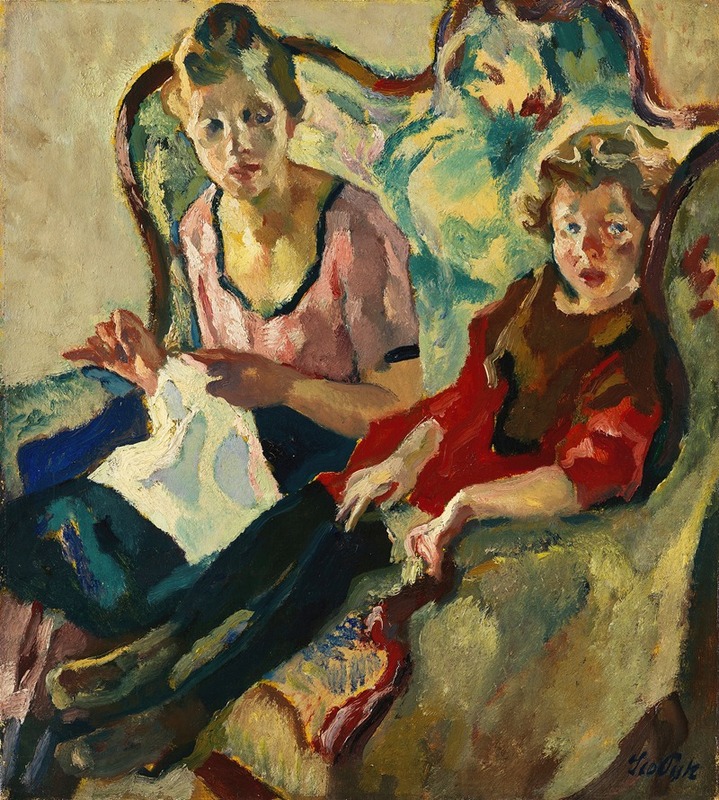
Lisl und Buberl
A hand-painted replica of Leo Putz’s masterpiece Lisl und Buberl, meticulously crafted by professional artists to capture the true essence of the original. Each piece is created with museum-quality canvas and rare mineral pigments, carefully painted by experienced artists with delicate brushstrokes and rich, layered colors to perfectly recreate the texture of the original artwork. Unlike machine-printed reproductions, this hand-painted version brings the painting to life, infused with the artist’s emotions and skill in every stroke. Whether for personal collection or home decoration, it instantly elevates the artistic atmosphere of any space.
Leo Putz was an influential German painter known for his contributions to Impressionism and Art Nouveau. Born on June 18, 1869, in Merano, which was part of the Austro-Hungarian Empire at the time, Putz developed a distinctive style characterized by vibrant colors and dynamic compositions. He studied at the Academy of Fine Arts in Munich and later in Paris, where he was influenced by the works of the French Impressionists.
One of Putz's notable works is "Lisl und Buberl," a painting that exemplifies his mastery in capturing the nuances of light and color. The title, "Lisl und Buberl," translates to "Lisl and Little Boy" in English, suggesting a depiction of a woman, likely named Lisl, and a young boy. This painting is a testament to Putz's ability to portray intimate and tender moments, a common theme in his oeuvre.
Putz's work often focused on the human figure, and he had a particular affinity for depicting women and children in natural settings. This focus is evident in "Lisl und Buberl," where the subjects are likely portrayed in a serene and possibly outdoor environment, consistent with Putz's style of integrating figures harmoniously with their surroundings. His brushwork in such paintings is typically loose and fluid, capturing the ephemeral quality of the moment.
Throughout his career, Putz was associated with the Munich Secession, a group of artists who broke away from the traditional art institutions in Germany to pursue more modern and avant-garde approaches. This affiliation allowed him to explore and develop his unique style, which combined elements of Impressionism with the decorative qualities of Art Nouveau.
"Lisl und Buberl" reflects the broader cultural and artistic movements of the early 20th century, where there was a shift towards more personal and expressive forms of art. Putz's work during this period often depicted scenes of leisure and domesticity, aligning with the Impressionist interest in everyday life and the fleeting effects of light.
In addition to his paintings, Putz was also a respected teacher and mentor. He taught at the Munich Academy and influenced a generation of artists who would carry forward his innovative approaches to color and composition. His legacy is marked by his ability to blend traditional techniques with modern sensibilities, creating works that are both timeless and reflective of their era.
Leo Putz continued to paint and exhibit his work until his death on July 21, 1940. His paintings, including "Lisl und Buberl," remain celebrated for their beauty and technical prowess, and they continue to be studied and admired by art enthusiasts and scholars alike. While specific details about "Lisl und Buberl" may be limited, the painting is an important part of Putz's body of work, showcasing his skill in capturing the essence of his subjects with warmth and sensitivity.





